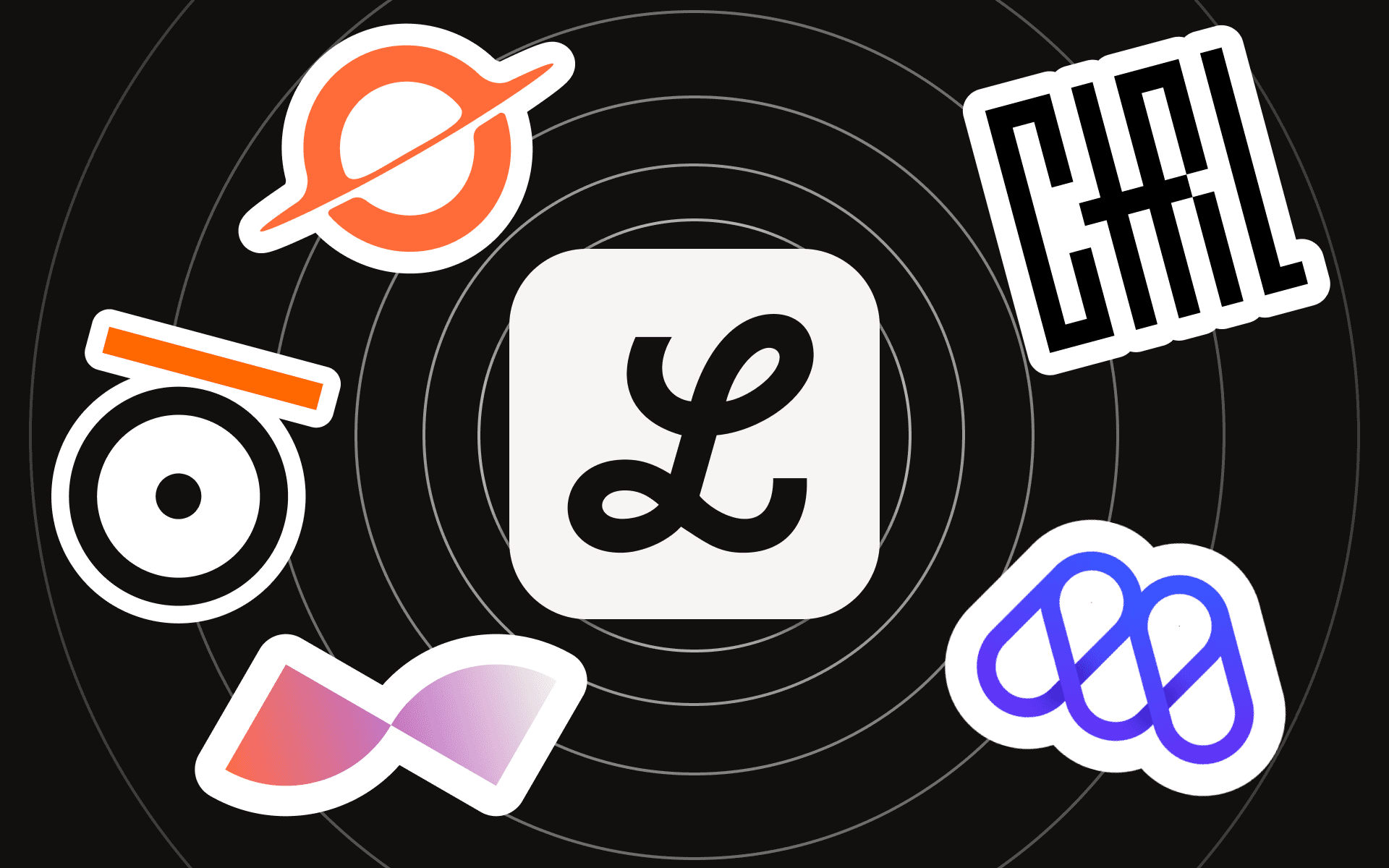Bitcoin has revolutionized cross-border transactions, making it easier than ever to send and receive funds globally. However, navigating the cryptocurrency ecosystem requires adhering to certain best practices to make sure your funds are safe at all times. By following these guidelines, you can ensure your Bitcoin transactions are smooth, secure, and efficient.
This guide will cover the key strategies you need to know to minimize risks and optimize your Bitcoin transfers.
Best Strategies for Bitcoin Transfers
Use a Secure Wallet
One of the most important steps in ensuring smooth Bitcoin transfers is using a secure wallet. Your choice of wallet can significantly impact your experience from the very start. Look for wallets with strong encryption, multi-signature support, and backup features to safeguard your assets.
Leather combines style and security, making them an ideal choice. As a self-custodial wallet, Leather gives you full control over your private keys, ensuring the highest level of security and protection from unauthorized access.
Double-Check Addresses
Always double-check the recipient’s address before sending Bitcoin. Cryptocurrency transactions are irreversible, so even a small mistake can result in the loss of funds.
Typing out Bitcoin addresses manually can lead to errors. Consider using QR codes or copy-and-paste functions to minimize the risk of errors. Always cross-reference the pasted address with the original source to add another layer of security.
When dealing with substantial amounts of Bitcoin, consider sending a small test transaction first. Once the test transfer is confirmed and acknowledged, proceed with the full amount.
Monitor Network Status
The Bitcoin network can experience periods of high activity, leading to slower transaction times. During this period, Bitcoin transaction fees also fluctuate. To ensure your transfers are processed smoothly and promptly, keep an eye on current fee rates. Paying too little in fees might delay your transaction while overpaying fees might be completely unnecessary. Use fee estimation tools to find the optimal fee for your transfer.
Stay informed about the network status by checking blockchain explorers or dedicated services that provide real-time updates. Websites like Blockchain.info and Blockcypher offer real-time data on transaction statuses and network conditions. This will help you plan your transactions better and avoid delays.
Verify Transactions
After initiating a Bitcoin transfer, always verify that the transaction has been confirmed on the blockchain. Most wallets and exchanges will provide you with a transaction ID that you can use to track the status of your transfer. Ensuring that your transaction has been successfully confirmed will give you peace of mind.
Transaction ID: Use the transaction ID provided by your wallet to monitor the confirmation process on a blockchain explorer.
Confirmation Times: Bitcoin transactions typically require multiple confirmations for security. Be patient and wait for the necessary number of confirmations.
Notification Services: Some wallets like Leather offer notifications for transaction confirmations. Enable these to stay updated without constant checking.
Be Aware of Phishing Scams
Phishing scams are prevalent in the cryptocurrency space, so it's essential to remain vigilant. Always be cautious of unsolicited emails or messages requesting your wallet information or private keys. Communicate with wallet providers and exchanges only through official channels, and verify URLs before entering any sensitive information.
To protect yourself, avoid clicking on links or downloading attachments from unknown or suspicious emails. Double-check URLs to ensure you are on the official website of your wallet provider or exchange. Additionally, use anti-phishing software and browser extensions to safeguard against fraudulent websites and emails.
Regularly Update Your Software
Keep your wallet software and any related applications up to date. Updates often include security patches and new features that can help protect your assets and improve transaction efficiency. Set up automatic updates where possible to ensure you are always using the latest version.
Conclusion
By adhering to the best practices discussed above, you can ensure that your transactions are secure, efficient, and error-free. Using the right crypto wallet, such as Leather, can simplify this process and make Bitcoin transfers smooth and seamless.
A reliable and user-friendly wallet not only simplifies your experience but also offers a significant layer of security, giving you peace of mind. Leather’s features ensure that your funds are consistently protected, enhancing your overall Bitcoin transaction experience.
Connect to web3 applications built on Bitcoin with the Leather browser extension. Install Leather – the only wallet you need to tap into the multilayered Bitcoin economy – today.




